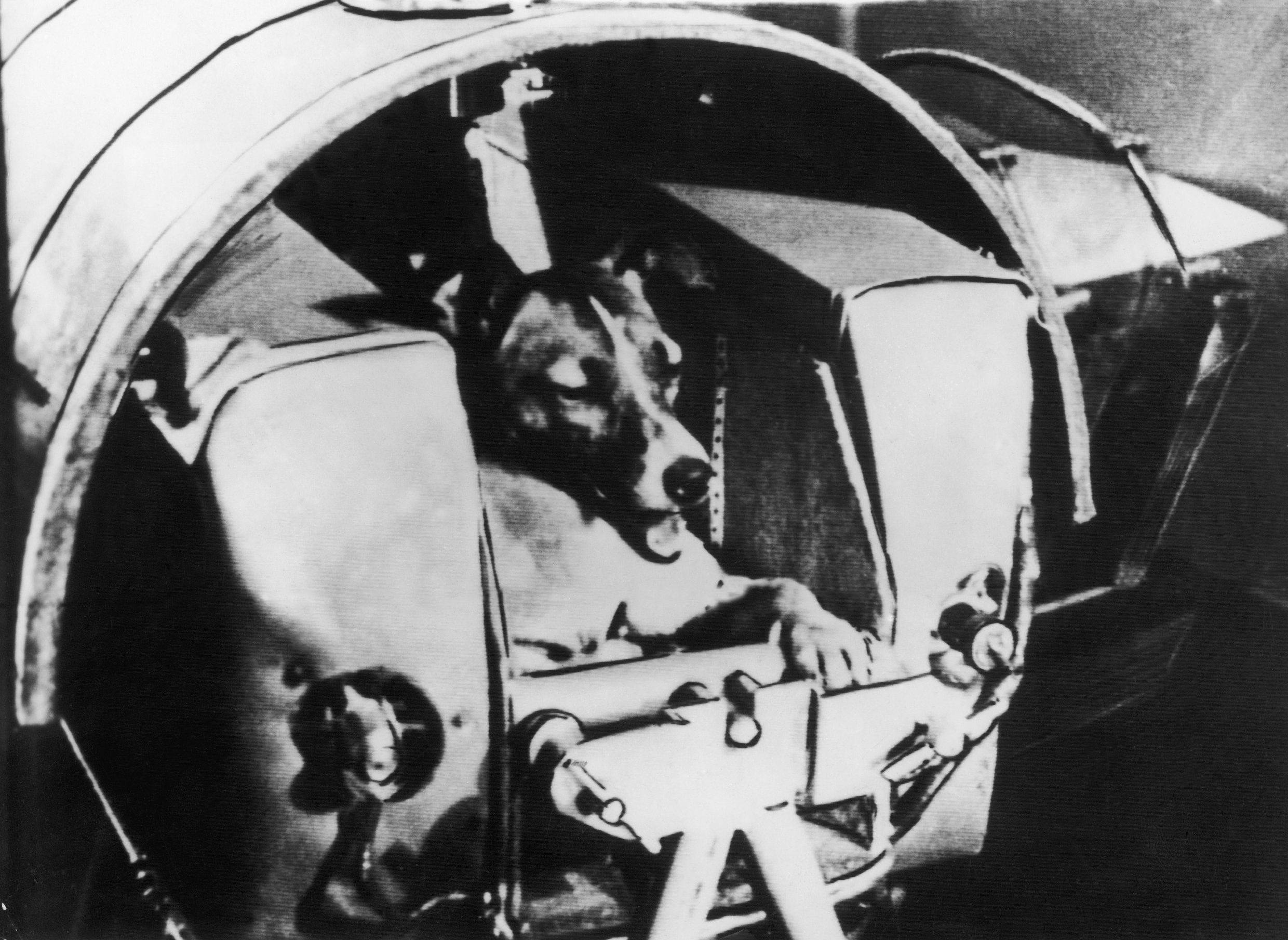

Laika's "coffin" circled the Earth 2,570 times and burned up in the Earth's atmosphere on 4 April 1958.

Previously, it has been thought that Laika survived at least four days in space and perhaps even a week when Sputnik's transmitters failed.ĭespite surviving for just a few hours, Laika's place in space history is assured and the information she provided proved that a living organism could tolerate a long time in weightlessness and paved the way for humans in space. By the fourth orbit it was apparent that Laika had died from overheating and stress. Telemetry from the Sputnik 2 capsule showed that the temperature and humidity increased after the start of the mission.Īfter five to seven hours into the flight, no lifesigns were being received from Laika. It took three times longer than after a centrifuge ride on the ground to return Laika's heartbeat to pre-launch values, an indication of the stress she was suffering.ĭr Malashenkov also revealed how Laika died. Medical sensors placed on Laika indicated that during launch her pulse rate went up by a factor of three above its resting level.Īt the start of weightlessness, her pulse rate decreased. Mushka was used to test instrumentation and life support. Although they had long insisted that Laika expired painlessly after about a week in orbit, an official with Moscow’s Institute for Biological Problems leaked the true story in 2002: She died. It emerged in 2002 that the dog had only. Albina was the first "backup", having flown twice on a high-altitude rocket. Once successfully in orbit, the world was told how Laika would survive a week in comfort, with plenty of food and water, before passing away painlessly. Three dogs were trained for the Sputnik 2 flight: Albina, Laika and Mushka. They were kept in gradually smaller cages for periods up to 15-20 days. There was a carbon dioxide absorbing device in the cabin to prevent the accumulation of this toxic gas, as well as an oxygen generator.Ī fan was automatically activated to keep the dog cool when the capsule's temperature exceeded 15 deg Celsius.Īccording to Dr Malashenkov, a great deal of work had to be done to adapt a group of dogs to the conditions in the tight cabin of Sputnik 2. The statement caused outrage to many observers.ĭr Malashenkov has now revealed several new details about Laika's mission, such as her food being in jelly form and that she was chained to prevent her turning around. Shortly after launch the Soviets said that Laika was not destined to return alive and would die in space. The animal had been a stray wandering the streets of Moscow when she was captured and prepared for a space mission. It was a metal sphere weighing about 18 kg (40 lbs) and was far heavier than anything the United States was contemplating launching.Īn astonished world witnessed the launch of Sputnik 2 weighing 113 kg (250 lbs) and carrying the first living thing to go into orbit - the dog Laika.


 0 kommentar(er)
0 kommentar(er)
